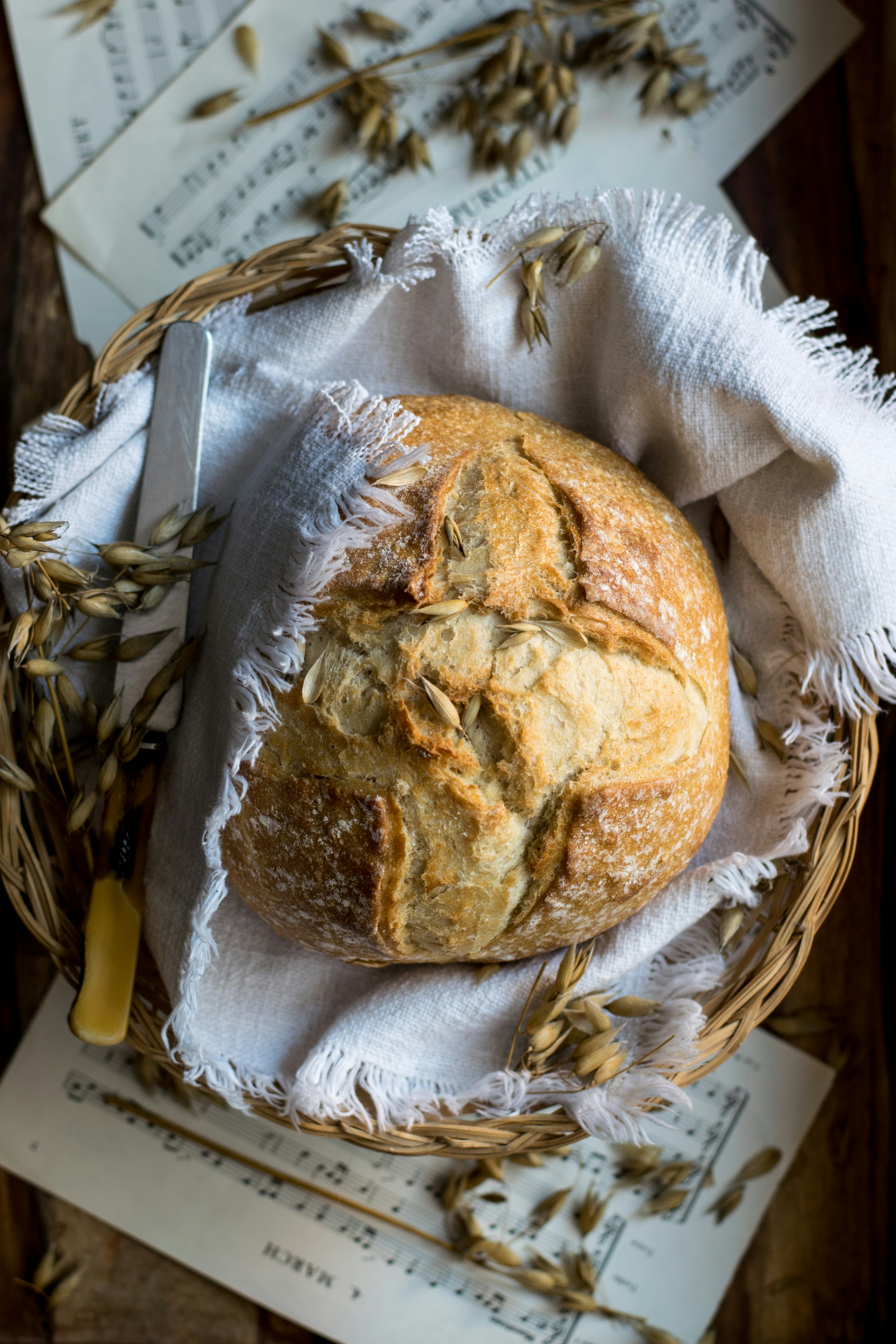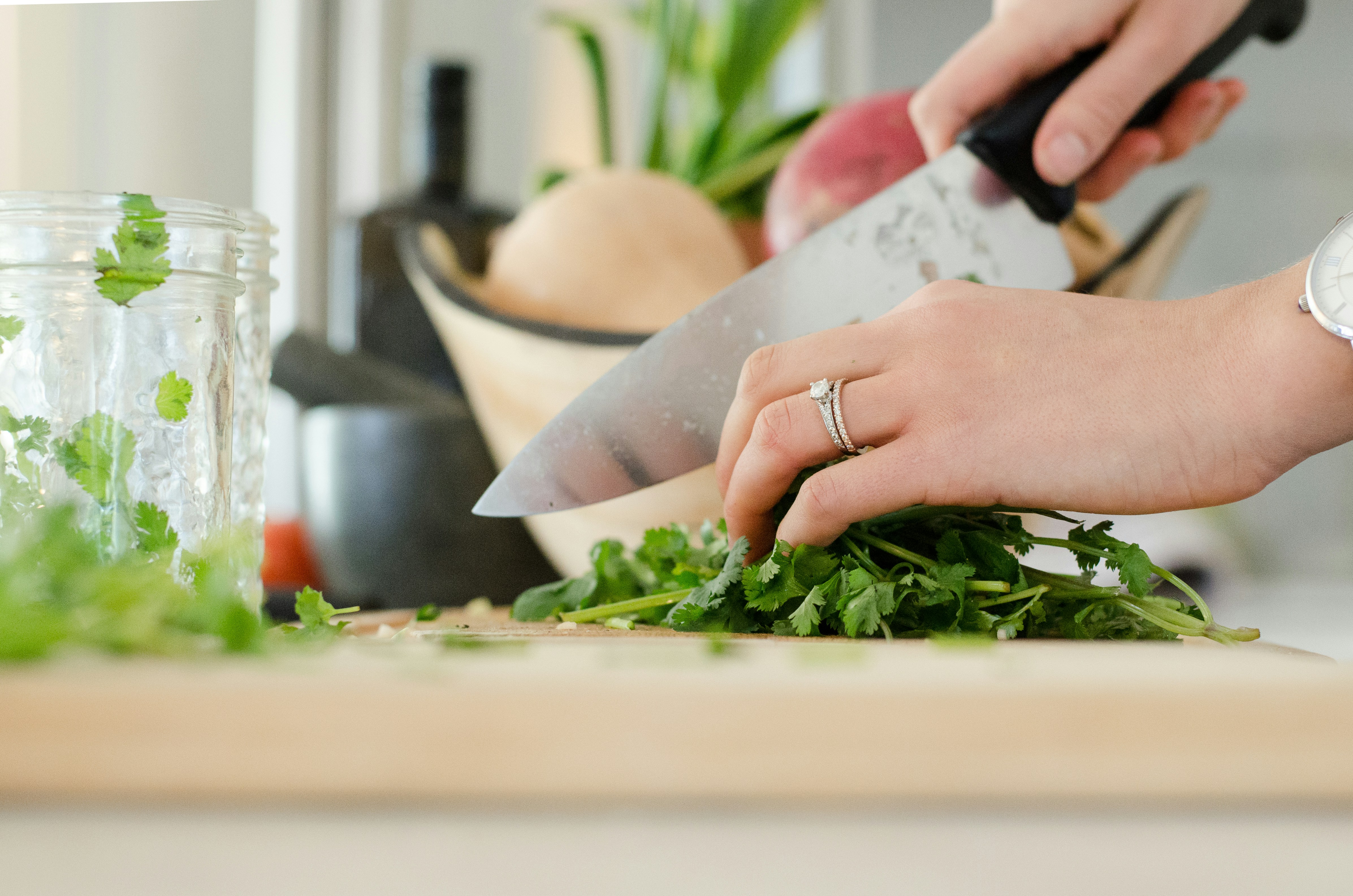The Subtle Dance of Family Food Traditions
Published on November 9, 2024
The Subtle Dance of Family Food Traditions
 In the bustling heart of every home, the kitchen stands as a silent witness to countless family stories. It's where laughter echoes off tiled walls, where arguments simmer alongside soups, and where love is kneaded into every loaf of bread. But perhaps most importantly, it's where family food traditions are born, nurtured, and passed down through generations.
These culinary customs are more than just recipes jotted down on faded index cards. They're a form of non-verbal communication, a way for families to express love, cultural identity, and shared history without uttering a single word.
Consider the humble dumpling. In many Asian households, the act of making dumplings together is a cherished ritual. Grandparents, parents, and children gather around the kitchen table, their fingers deftly pleating dough around savory fillings. As they work, stories are shared, techniques are taught, and bonds are strengthened. The finished dumplings aren't just food; they're edible time capsules, containing within their delicate folds the essence of family connection.
But food traditions aren't static. They evolve as families do, adapting to new circumstances and blending cultural influences. A Korean-American family might add kimchi to their Thanksgiving turkey. An Indian family living in Italy might experiment with curry-spiced pasta. These fusion dishes become new traditions, reflecting the family's unique journey and identity.
The beauty of food traditions lies in their ability to bridge generational gaps. A teenager might roll their eyes at their grandmother's outdated slang, but they'll likely still clamor for her famous chocolate chip cookies. In this way, food becomes a common language, a way for different generations to connect and understand each other.
Moreover, these traditions can serve as a powerful anchor during times of change or stress. When a family moves to a new country, recreating familiar dishes can provide comfort and a sense of continuity. For children of immigrants, learning to cook traditional foods can be a way to connect with their heritage and understand their parents' experiences.
But it's not just about the past. New food traditions can be created at any time, reflecting a family's current dynamics and values. Maybe it's Taco Tuesday, instituted to ensure the family eats together at least once a week. Or perhaps it's a special birthday cake recipe that evolved through years of tweaking and perfecting.
In an age where digital communication often dominates, the tactile, sensory experience of cooking and eating together takes on new significance. It's a chance to put down phones, to engage all five senses, and to be fully present with one another.
So the next time you find yourself in the kitchen with your family, take a moment to appreciate the subtle dance of tradition unfolding around you. Whether you're following a centuries-old recipe or creating a new dish on the fly, you're participating in a powerful form of non-verbal communication. You're not just making a meal; you're weaving the fabric of your family's unique story, one ingredient at a time.
In the bustling heart of every home, the kitchen stands as a silent witness to countless family stories. It's where laughter echoes off tiled walls, where arguments simmer alongside soups, and where love is kneaded into every loaf of bread. But perhaps most importantly, it's where family food traditions are born, nurtured, and passed down through generations.
These culinary customs are more than just recipes jotted down on faded index cards. They're a form of non-verbal communication, a way for families to express love, cultural identity, and shared history without uttering a single word.
Consider the humble dumpling. In many Asian households, the act of making dumplings together is a cherished ritual. Grandparents, parents, and children gather around the kitchen table, their fingers deftly pleating dough around savory fillings. As they work, stories are shared, techniques are taught, and bonds are strengthened. The finished dumplings aren't just food; they're edible time capsules, containing within their delicate folds the essence of family connection.
But food traditions aren't static. They evolve as families do, adapting to new circumstances and blending cultural influences. A Korean-American family might add kimchi to their Thanksgiving turkey. An Indian family living in Italy might experiment with curry-spiced pasta. These fusion dishes become new traditions, reflecting the family's unique journey and identity.
The beauty of food traditions lies in their ability to bridge generational gaps. A teenager might roll their eyes at their grandmother's outdated slang, but they'll likely still clamor for her famous chocolate chip cookies. In this way, food becomes a common language, a way for different generations to connect and understand each other.
Moreover, these traditions can serve as a powerful anchor during times of change or stress. When a family moves to a new country, recreating familiar dishes can provide comfort and a sense of continuity. For children of immigrants, learning to cook traditional foods can be a way to connect with their heritage and understand their parents' experiences.
But it's not just about the past. New food traditions can be created at any time, reflecting a family's current dynamics and values. Maybe it's Taco Tuesday, instituted to ensure the family eats together at least once a week. Or perhaps it's a special birthday cake recipe that evolved through years of tweaking and perfecting.
In an age where digital communication often dominates, the tactile, sensory experience of cooking and eating together takes on new significance. It's a chance to put down phones, to engage all five senses, and to be fully present with one another.
So the next time you find yourself in the kitchen with your family, take a moment to appreciate the subtle dance of tradition unfolding around you. Whether you're following a centuries-old recipe or creating a new dish on the fly, you're participating in a powerful form of non-verbal communication. You're not just making a meal; you're weaving the fabric of your family's unique story, one ingredient at a time.
Looking for more ways to strengthen your family bonds? Check out Thinker, an AI-powered tool designed to improve communication and foster understanding within families. Whether you're navigating cultural differences, generational gaps, or just the everyday challenges of family life, Thinker can help you find new ways to connect.
Looking for more ways to strengthen your family bonds? Check out Thinker, an AI-powered tool designed to improve communication and foster understanding within families. Whether you're navigating cultural differences, generational gaps, or just the everyday challenges of family life, Thinker can help you find new ways to connect.


